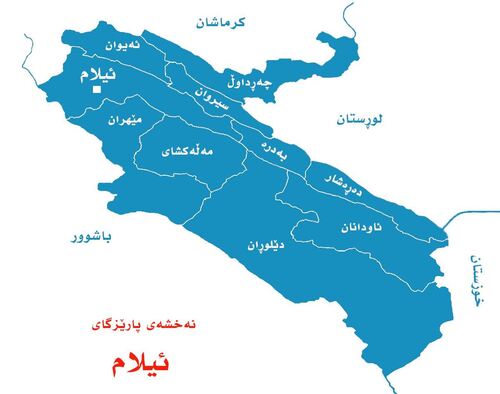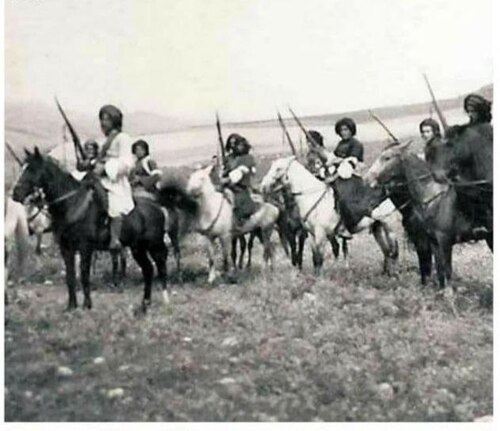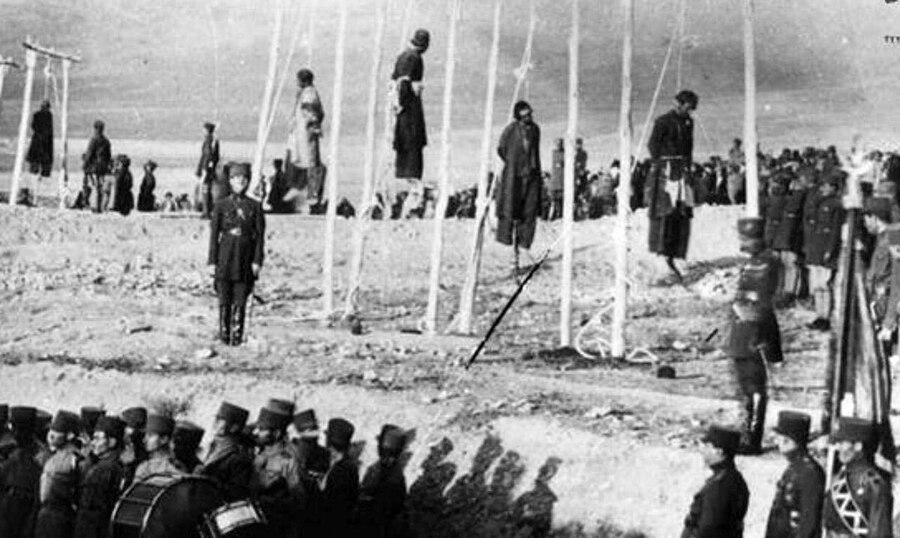The revolution of the people of Ilam in the East part of Kurdistan, known as the "Rinoo" battle, led by "Sha Mohammad Yari" and "Ali Qoli Khan" in 1929 was one of the revolutions in the East part of Kurdistan against the central government is not known and cared for by most of the people. In this revolution, most of the towns and tribes of Ilam participated and fought against the central government of Iran and Reza Shah's policies alongside each other.
In 1928, Gholamreza Khan, Ilam's governor (Pishthouh) who had signed the "Saadat Uprising" treaty with Sheikh Khaz'al for supporting the Constitutional Revolution in Iran (a treaty against the central government of Reza Shah in 1910) fled to Iraq forcibly. Thus, Ilam's control was given to Gholamreza's brother, "Shahabol Dowleh"; he was Ilam's governor for almost a year; however, the real authority of Ilam was in Pishthouh's military commander, Brigadier General Abol Hassan Khan Pourzand's hand. Shahabol Dowleh gave up his post after a year and the central government chose Ali Qoli Khan, son of Gholamreza Khan as Ilam's governor to prevent revolution and opposition against the central government.

In that same year, Lieutenant General Amir Ahmadi sent Mohammad Sadeghi Kopali as a Major General to Ilam. After almost a year of oppression and tyranny by the military forces and as a result of Reza Khan's policies opposed to the people of Ilam finally, in the middle of August 1929 a set of uprisings and movements began led by Shah Mohammad Yari and a unified revolution against the central authorities began in Ilam.
Shah Mohammad Yari known as "Shamga Reza Khan" was one of the tribe leaders of the Malagsha clan in Ilam and he led the revolution against Reza Shah and his government with the help of Ali Qoli Khan (son of Gholamreza Khan, Ilam's governor). In this uprising all the clans and tribes of Ilam participated; clans such as Malagshay, Miyakhas, Rashnoo, Milkhatawi, Alisherwan Badra, Khizl, Shouhan, Dewalay, Arkawazi, Alibaygi, Kurdali Deloran and Awdanan, …
Since Shah Mohammad had fought the Ottomans and Arabs, he was an experienced man on the battlefield, thus in 1929 he joined other clan leaders of Ilam including Shah Mohammad Khasrawi and the Kurdish tribe leader to oppose the tyrannical policies of the military men against the poor and powerful people of Ilam to stop their oppression and treat the people in a better manner. However, unlike the expectations they had, Major General Koopal threatened them with a letter he had and he told them that the governmental issues were not their business and they had no right to interfere in such matters; as a result of such circumstances Shah Mohammad and the other clan leaders began to organize their uprisings and revolution in Ilam.

About 4000 people took part in that revolution. Shah Mohammad's troops did not have many weapons thus, Shah Mohammad sought help from the South part of Kurdistan. From Khanaqin and the Southern part of Kurdistan, they gained a lot of weaponry. This incident proves that at that time Shah Mohammad and the people of Ilam had a close relationship with the Barzani and the Kurds living in Baghdad who were Sheikh Ahmad Barzani's forces.
At the time of the Ilami people revolution, Ali Qoli Khan son of Gholamreza Khan, the governor of Ilam, joined the people which made them even stronger. Their revolution began from Arkawazi of Malagshay and gradually other clans and tribes of Ilam joined them. In a short while, these people reached the city of Ilam and they surrounded the governor's House which was occupied by Major General Koopal and his troops. While capturing Ilam city, Shah Mohammad and his troops went to Kermashan in order to liberate Geilan, Sawmar, Qasr Shirin, and Kermashan. Shah Mohammad's forces occupied about 100 kilometers of Kermashan land and they halted in the "Rinoo" strait which was the main road from Ilam to Kermashan.








